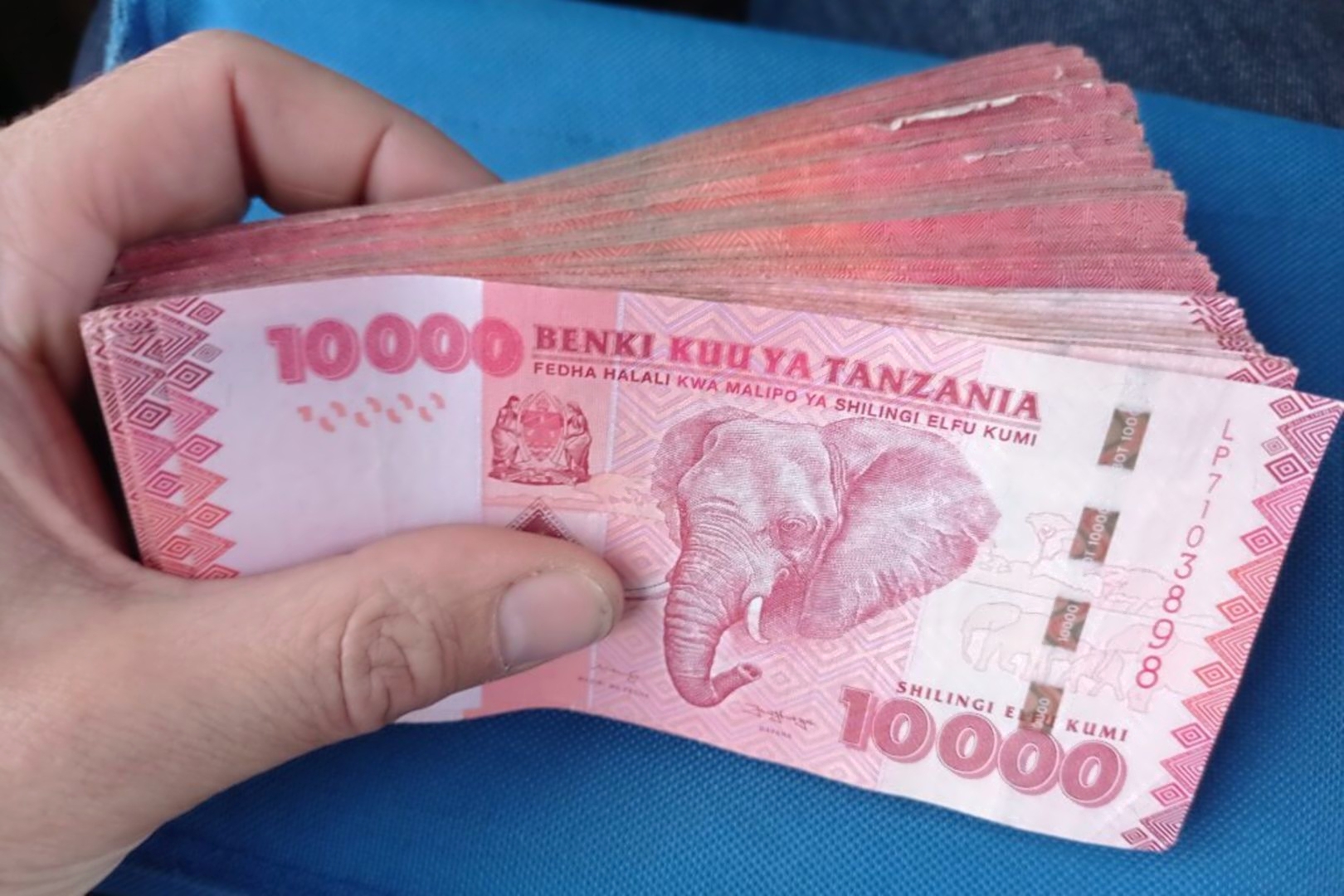Kenyan firms turn to Tanzania for US dollars

What you need to know:
- Kenya’s foreign exchange reserves dropped to a near 10-year low, further breaching the critical level of four months’ import cover in the wake of huge foreign debt repayments.
Kenya’s commercial banks are running out of US dollars and as a result some Kenyan firms have started sourcing dollars from neighbouring countries, especially Tanzania.
The shortage of the US currency, has made it difficult for manufacturers and general goods importers to meet their obligations.
The Central Bank of Kenya (CBK) has directed commercial banks to ration dollars following a shortage of the currency and the race to protect reserves.
A number of currency traders and importers say banks have imposed a daily cap on dollar purchases of as little as $5,000 as firms struggle to obtain adequate forex to meet their supply needs.
This has forced industrialists to start seeking dollars daily and from several lenders for their monthly hard currency needs as the shortage puts a strain on supplier relations and the ability to negotiate favourable prices in spot markets.
Having banks, including the top tier lenders, run out of the greenback suggests an escalation of the currency woes that started mid-last year with lenders rationing scarce dollars.
“We are now scavenging for dollars. Only half of every six banks we call daily for dollars will have something for us. Three of the banks will ask us to check later,” said a top executive of a manufacturing firm who sought anonymity for fear of reprisals from the Central Bank of Kenya (CBK).
“What is available at banks is between $5,000 and $10,000. One will be fortunate to get $20,000 and extremely lucky to get $50,000 from a single bank. This is crazy for a business that requires $1 million monthly for supplies and we are getting each dollar at Sh137,” he added.
Importers say they cannot access the dollar at the official buy rate of Sh127.39, forcing them to buy at a rate of Sh137 or higher.
Top firms have started trading in dollars among themselves, with hotels and aviation firms attracting interest from those in need of hard currency.
This is creating a parallel shadowy market, which is in breach of the law and has the potential to trigger a range of economic problems including discouraging foreign direct investment (FDI), encouraging rent-seeking and reducing the interbank FX market.
Multiple bankers admitted the caps on dollar purchases but declined to come on record fearing retaliation from the CBK.
Industrialists say the lack of access to adequate hard currency was negatively affecting their ability to settle obligations to overseas suppliers in a timely manner.
The industrialists’ lobby said the dollar crunch has strained relations with suppliers at a time competition for raw materials has intensified globally due to rising demand amid lingering supply chain constraints.
The shortage is the product of rising dollar demand being driven by increased shipments of raw materials and equipment in the wake of the recovering economy.
There was no immediate comment from the CBK on the shortage of dollars.
But the regulator has repeatedly maintained that Kenya has sufficient foreign currency to meet demand, brushing off manufacturers who continue to warn about the shortage of dollars.
Importers reckon that the scarcity of dollars is worsening despite earlier comments from the banking lobby that it was temporary due to strong demand from companies remitting dividends and manufacturers importing components.
“Banks would previously dispense $10,000 in a single visit and this ration has come down to $5,000,” said an executive at a top international logistics firm.
“When you have an appetite of $250,000 but can only get $5,000 at a time, how many trips is one going to make to meet the order? It stops making sense at some point.”
Analysts have blamed the CBK for the dollar crisis, saying the regulator introduced tough rules on the foreign exchange interbank market, crippling market operations.
Through the interbank forex market, banks are able to trade hard currency among each other and at rates which determine the official or spot rate.
A muted interbank market has, for instance, forced banks to seek dollars from companies and individuals, forcing retail transactions to happen at weaker rates.
“Liquidity in the interbank FX market has dried up and shifted to the bank-client market where forex transactions are executed at a much-depreciated rate,” the IMF observed in December.
As spreads between the interbank and market rate widen, banks have shied away from selling dollars to each other on the increased margins on clients' business.
“There has been a huge disconnect in the interbank market. No bank is willing to sell dollars to the other at the interbank rate when the retail rate is as high as Sh137,” said the banker.
Muathi Kilonzo, the Frontier Equity Sales and Head of Equities at EFG Hermes, says the chickens have come home to roost for the CBK, which has been blamed for severing the interbank forex market.
Banks such as Absa and Ecobank were reprimanded for breaches of the Prudential Guidelines on Foreign Exchange Exposure Limits, which in part demand that a lender’s foreign exchange exposure must not surpass 10 percent of its core capital.
“We have been talking about the failure of the interbank FX market for a really long time. The clamping down of the market by the CBK which preceded the Covid-19 and Ukraine crises is now catching up with us,” said Mr Kilonzo.
“If you go to the market and you are looking for tomatoes but the biggest farmer refuses to sell tomatoes to other sellers, everyone else will be going around looking for just one tomato and prices will go up.”
The situation is compounded by the weakening of the shilling against the dollar, which means that it is costing companies a lot more to buy forex.
It has also meant that firms are hedging against further weakening by stocking up on dollars or holding on tightly to their greenback reserves.
The shilling was on Thursday exchanged at an average of Sh127.29 units to the dollar, having depreciated from Sh104.44 at the end of March 2020.
Kenya’s foreign exchange reserves dropped to a near 10-year low, further breaching the critical level of four months’ import cover in the wake of huge foreign debt repayments.
Reserves currently stand at Sh872.5 billion ($6.860 billion), equivalent to 3.84 months import cover, which is the lowest since April 4, 2013.
The reserves are used by countries to meet their international financial obligations such as paying foreign debts, influencing monetary policy and supporting the importation of critical goods.





